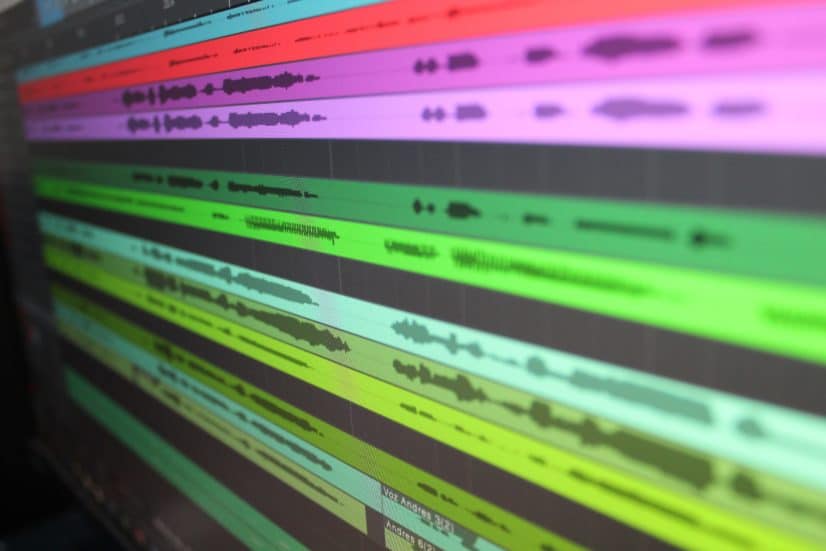We often think of noise as something that's undesirable — something annoying to be muted — but there are many different kinds of noise, and some of them can actually be quite useful.
Useful noise is often described using different colors, with the three most popular being white noise, pink noise, and brown noise. You are likely already familiar with white noise, as it's been marketed as a way to help people fight insomnia, but you may not be familiar with other types of colored noise. Below is a quick rundown of so-called colored noise and how it's used.
What is White Noise?
Probably the most popular type of colored noise, white noise sounds like an analog radio tuned to a blank frequency. White noise contains all frequencies that are audible to the human ear and because of this it is often referred to as “broadband noise.”
White noise’s jumble of frequencies creates a static sound that can be reminiscent of what you hear standing at the foot of a large waterfall. This kind of noise can be very annoying at high volumes, but when set at lower volumes, it can drown out audio distractions and have a soothing effect.
According to research, this is due to white noise blocking out sudden changes in our audible surroundings. It has been shown to improve sleep quality, quiet crying babies, and reduce symptoms of ADHD. White noise has also been shown to minimize distractions at work and improve performance, which is why many companies use sound masking for office privacy.
What is Pink Noise?
While white noise describes an audio signal containing all of the audible frequencies, other colors of noise refer to signals that focus on certain parts of the audible spectrum.
Pink noise still contains all audible frequencies, but it is more intense at lower ones. As a result, we perceive it as similar white noise, but with a deeper sound. If white noise sounds like what you hear at the foot of a waterfall, pink noise sounds like that same waterfall but from a few hundred yards away. It's the same type of sound but the highest frequencies are drowned out.
Like white noise, pink noise has been shown to be effective as a sleep aid.
What Is Brown Noise?
Brown noise also contains all of the audible frequencies, but unlike white noise, brown noise emphasizes the lowest frequencies on the spectrum, even more so than pink noise. As a result, we perceive brown noise as having an even deeper rumble than the other two types of noise. Those who find white or pink noise distracting may find the low tones of brown noise more appealing. Research has shown that brown noise can help with ringing in the ears, and it has also been shown to improve cognitive ability.
Other Noise ‘Colors’
Other noise colors have been described and these other colors have varying degrees of utility.
Gray noise is similar to white noise, but the middle frequencies are deemphasized, allowing the lower and higher frequencies to be more prominent. Blue noise emphasizes higher frequencies and this is perceived as more of a “hissing” type of white noise. Violet or purple noise emphasizes the highest frequencies in the audible range, causing it to sound like high-pitched static. While it may not help you fall asleep, purple noise has shown potential as a treatment for tinnitus.
Uses and Benefits of Colored Noise
While the benefits of colored noise have been widely known for some time, it has gotten significant traction recently on, of all places, TikTok. The platform’s ADHD community recently embraced brown noise as a way to boost concentration.
It should be said that the uses and benefits of colored noise stretch far beyond helping with ADHD and falling asleep. In fact, many office environments are embracing the use of colored noise — or sound masking — as a way to both support concentration and increase audio privacy.
The typical office is filled with audio distractions, from maintenance work being performed outside to loud conversations being held inside. While acoustic panels and sound baffling can help reduce distractions, a sound masking system can make a workplace seem quieter by adding a layer of ambient noise. When a sound masking system is used, conversations down a hall seem quieter, and outside noises or less noticeable.
Taylored Systems has a full line of discreet sound masking solutions designed to keep employees focused and provide an added layer of privacy for sensitive conversations. In addition to providing sound masking services, our systems can also function as an interoffice paging system for use in multiple zones. If you would like to know more about the capabilities of our sound systems, please reach out to us today.

